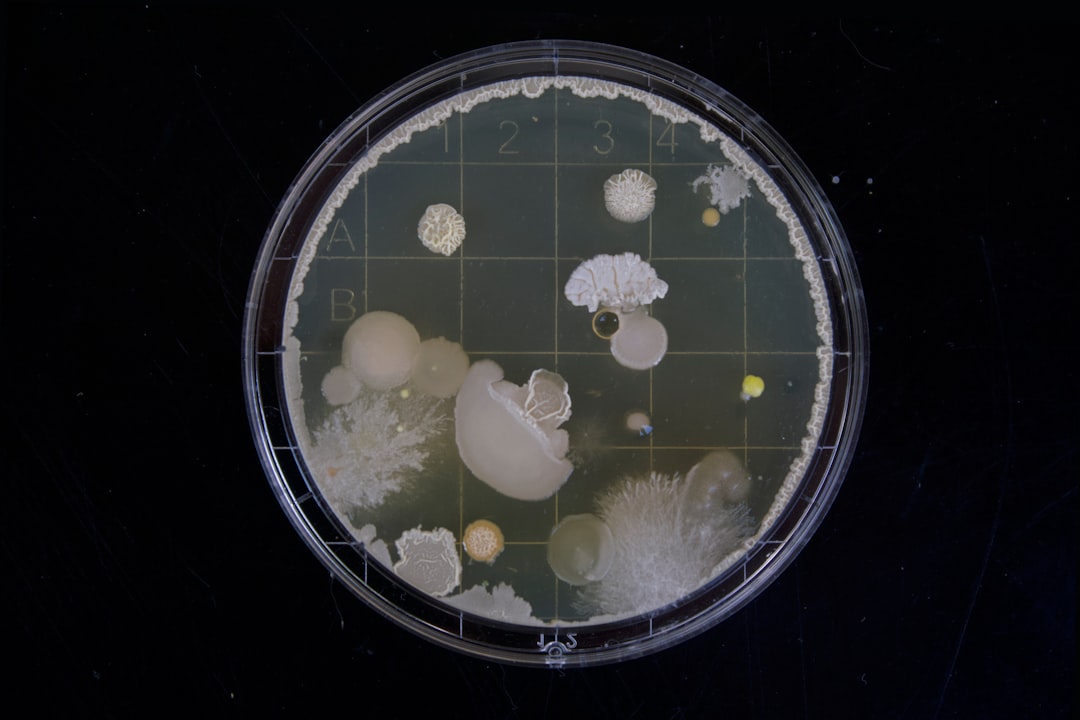What is it about?
Microbial pathogens may express a wide range of carbohydrate-specific adhesion proteins that mediate adher- ence to host tissues. Pathogen attachment to host cells is achieved through the binding of these lectin-like adhesins to glycans on human glycoproteins. In only a few cases have the human receptors of pathogenic adhesins been described. We developed a new strategy to predict these interacting receptors. Therefore, we developed a novel LGI network that would allow the mapping of potential adhesin binding receptors in the host with prioritization, based on the experimental binding data, of the most relevant interactions. New potential targets for the selected adhesins (bacterial uroepithelial FimH from E. coli and fungal Epa and Als adhesins from C. glabrata and C. albicans) were predicted and experimentally confirmed. This methodology was also used to predict lectin interactions with human-pathogenic viruses and to discover whether FimH adhesin has anti-HIV activity.
Featured Image
Why is it important?
A novel strategy— based on the con- struction of a lectin-glycan interaction (LGI) network—to identify the potential human binding receptors for pathogenic adhesins with lectin activity was developed. The new approach is based on linking glycan array screening results of these ad- hesins to a human glycoprotein database via the construction of an LGI network. This strategy was used to detect human recep- tors for virulent Escherichia coli (FimH adhesin), and the fungal pathogens Candida albicans (Als1p and Als3p adhesins) and C. glabrata (Epa1, Epa6, and Epa7 adhesins), which cause candidiasis. This LGI network strategy allows the profiling of potential adhesin binding receptors in the host with prioritization, based on experimental binding data, of the most relevant interactions. New potential targets for the selected adhesins were predicted and experimentally confirmed. This methodology was also used to predict lectin interactions with envelope glycoproteins of human-pathogenic viruses. It was shown that this strategy was success- ful in revealing that the FimH adhesin has anti-HIV activity.
Perspectives
Writing this article was a great pleasure as it has co-authors with whom I have had long standing collaborations. The network strategy developed could also be easily extended to other lectin-glycan interactions, where— besides hu- man or viral interactions—other mammalian, plant, or proto- zoan glycan interactions could be explored, and also used, for example, for the discovery of new antimicrobial agents. Further- more, the strategy could be used to predict the binding of viral proteins to human glycoproteins or carbohydrate structures, with the aim to facilitate the design of novel antiviral drug compounds, especially in the case of emerging viral pathogens.
Professor Ronnie Guy Willaert
Vrije Universiteit Brussel
Read the Original
This page is a summary of: Lectin-Glycan Interaction Network-Based Identification of Host Receptors of Microbial Pathogenic Adhesins, mBio, July 2016, ASM Journals,
DOI: 10.1128/mbio.00584-16.
You can read the full text:
Contributors
The following have contributed to this page










